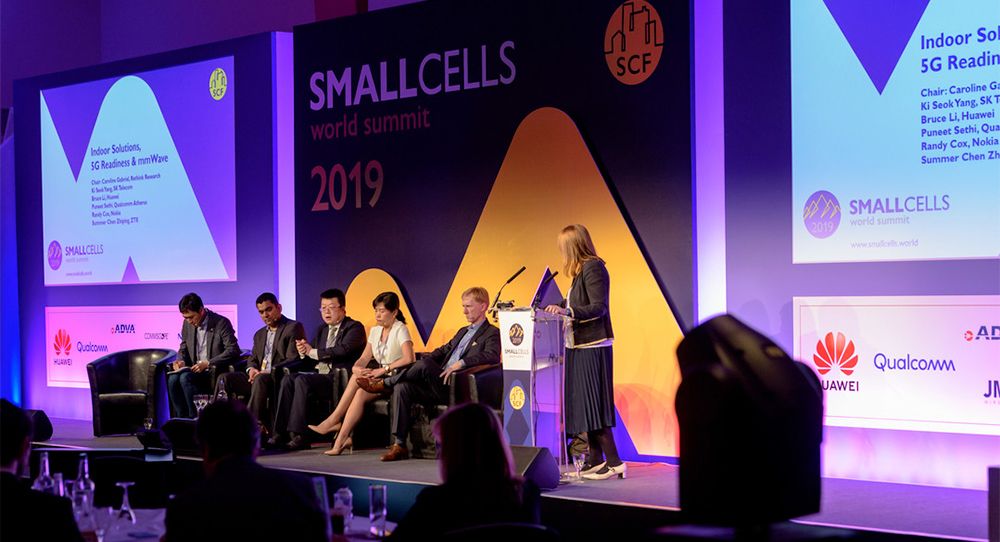It is often said that 5G will enable mobile technology to reach far beyond the current boundaries of connectivity. In fact, it was abundantly clear, at the Small Cells World Summit in London, that there is no need to wait for next generation technology. Right now, small cells are the vehicle to extend mobile connectivity as a resource for a wealth of new deployers, new devices, new applications and new organizations.
There was plenty of lively debate among the speakers and delegates at Small Cells World Summit, the first event organised and hosted by Small Cell Forum for the entire wireless industry in London. However, for all the variety of opinions and experiences, attendees were united by a central conviction – that the small cell ecosystem, brought together by SCF, is propelling the mobile industry towards unprecedented reach and diversity of high quality connectivity
The traditional cellular model – mobile network operators (MNOs) rolling out in exclusively licensed spectrum to support general purpose mobile broadband connectivity – will remain central. But to fulfill the potential of densification and future 5G, this model must be extended radically, complementing the MNO deployments with a second wave of deployers, harnessing multi-operator platforms and shared spectrum to support highly targeted connectivity and the digital transformation requirements of multiple industries.
Mobile operators cannot reach every location and every use case profitably, but neutral hosts and private network operators can fill those gaps and open up mission critical connectivity as a vital resource for many organizations, enabling new and business critical services. That, in turn, will drive adoption of new industrial and IoT applications, and provide the foundation for truly smart cities.
In summary, SCWS19 clarified the need for a secondary market in cellular connectivity driven by a diverse set of deployers armed with small cells. Neutral hosts took center stage as the pioneering group of deployers, already addressing enterprise needs in private indoor spaces as well as municipal needs in the public outdoor environment. Specialist system integrators are using private networks to address high-value mission-critical cases in healthcare, industry and emergency services.
The event represented a resounding call for action to drive this vision further forwards. Innovation in spectrum licensing, small cell architectures and network management will be essential to improve the economics of densification. The more cost-effective small cell deployment can become, the more organizations will benefit.
Now we must respond, as SCF and as a community, to these demands, and build on the clear consensus that emerged from SCWS19.
The Forum’s work program for 2019-2020 focuses strongly on many of the key requirements which emerged from two days of intense debate and learning. The themes of the conference inform the work going forward, including neutral host models, indoor coverage, spectrum, policy and architecture innovation, and the needs of industrial, IoT and city organizations.
We must work together to address the challenges, and harness the considerable opportunities, of a hugely enlarged ecosystem for small cells, extending to a wide range of new service providers and organizations, and bringing the benefits of high quality mobile connectivity to a host of new users and applications.
